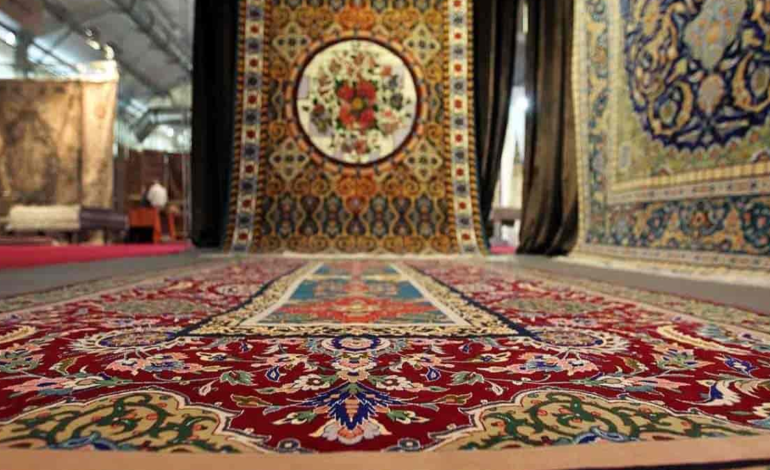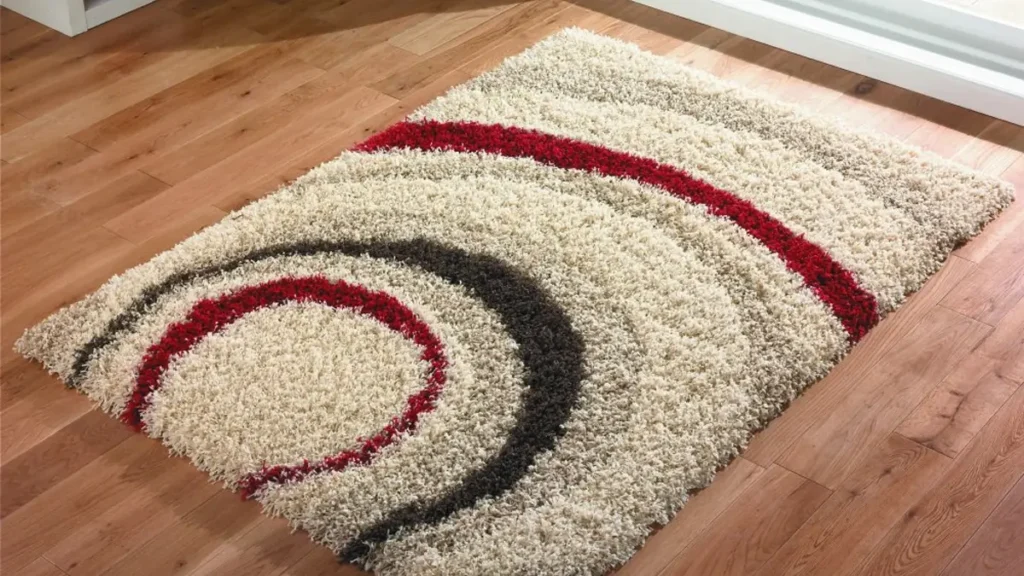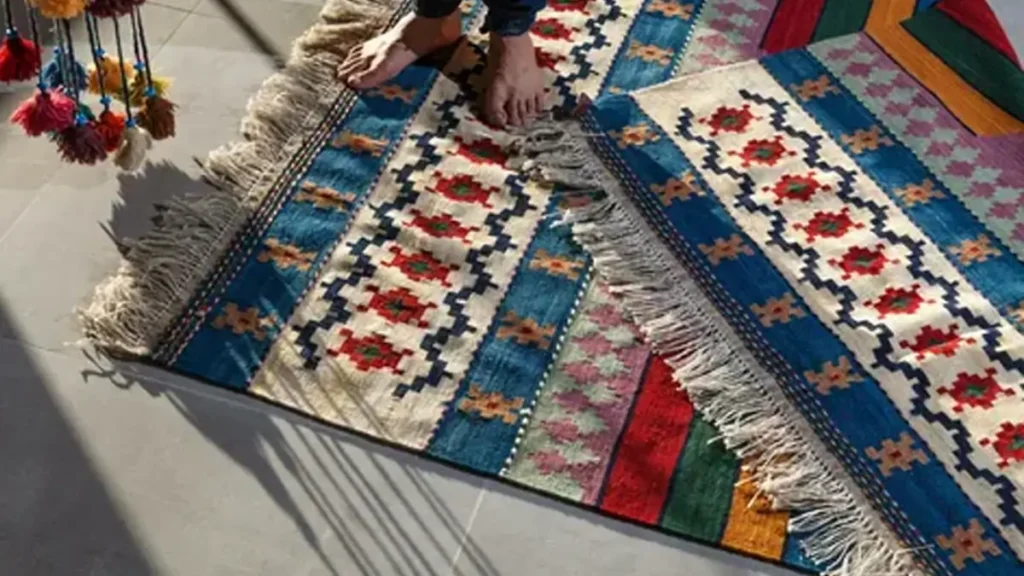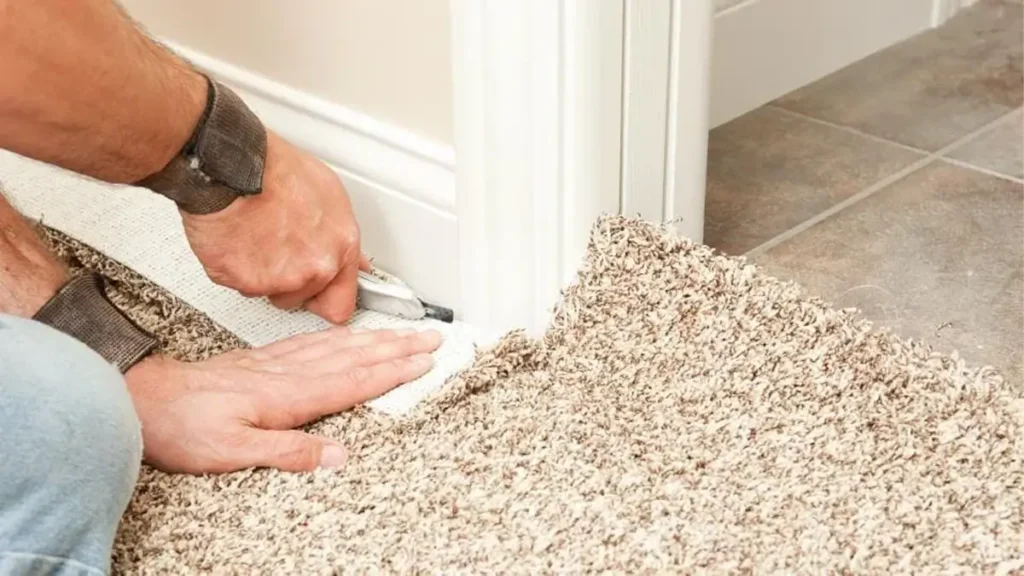Innovative Carpetten Designs: Pushing Boundaries in Interior Design

The world of interior design is constantly changing, and innovation is the reason for the change in aesthetics and functionality. The many components involved in making space are being increased, but carpetten designs are also a component of its creative and innovative factor. Patterns are becoming bolder, and materials are becoming unconventional; designers are always looking for innovative ways to recreate traditional carpets and, at the same time, make a bold statement and create a unique focal point that will leave a lasting impression on people and will take interior space to a whole new level.
Historical Perspective
The history of Carpetten designs has been around for hundreds of years and worldwide. From the unique patterns of the Middle Ages to the shine of the rugs of the Ottoman Empire, carpetten have always been appreciated for their creation and elegance. The various cultures, ranging from Persian to Moroccan,\ have their distinctive motifs and patterns evident in the carpets in different parts of the world.
In old civilizations, carpets were not just floor coverings but symbols of riches, social status, and cultural identity. The skill of carpet weaving was transmitted from one generation to another, with each civilization contributing its unique touch to the craft. The floral motifs of Persian carpets, the geometric patterns of Moroccan rugs, and other carpeted designs indicated their makers’ aesthetic taste and cultural values.
Throughout history, trade routes widened, and vast empires were built up and then collapsed, providing people with new carpet designs developed by mixing different cultures and influences from other countries. The Silk Road was the catalyst for exchanging ideas and motifs, thus the blend of design styles of Asia, Europe, and the Middle East. carpetten were the best things to possess in ancient times, and thus, the monarchs, tradesmen, and even the collectors had to compete for them.

Current Trends in Innovative Carpet Designs
In today’s design scenario, carpet tiles with a modern style and a bold experiment are the symbols of contemporary design. Designers who want to express themselves through their inventions prefer geometric patterns, abstract forms, and vibrant colors. Texture is another aspect that significantly impacts the designs. Thus, designers include unusual materials such as recycled plastic and sustainable fiber to make them more attractive and have a sense of depth.
Nowadays, technology has changed the creation and production of carpetten designs. Digital printing allows designers to create complex patterns and gradients that were out of reach with conventional weaving techniques. Laser cutting allows the designers to add details and customization to the products, leading to new designs for carpets.
Materials and Techniques
Modern carpet designs usually consist of different materials, from natural fibers like wool and cotton to synthetic materials such as nylon and polyester. Every material has its specific features and advantages so designers can attain particular aesthetic and functional objectives. For instance, wool is a great material for softness and durability, which means it is the right choice for high-traffic areas, whereas nylon has greater stain resistance and colorfastness.
Besides traditional materials, designers use experimental materials such as bamboo silk, recycled plastics, and biodegradable fibers. In addition to the environmental benefits, these materials also create new possibilities for texture, color, and pattern. Through the extension of conventional materials and the adoption of new technologies, designers can design carpenters and carpets that are both visually beautiful and eco-friendly.
Functional Innovations
The creativity of carpetten designs is not only visually appealing but also useful in interior design. Carpets can absorb sounds, insulate the area, and perform other functions, making the room more comfortable and convenient. Besides, the fusion of smart technologies, such as embedded sensors and LED lighting, makes the carpets interactive components that sense and react to the users’ requirements in real time.
Carpet tiles composed of modules are an example of functional innovation in carpet design. Unlike broadloom carpets, which are installed as a single cylindrical piece, modular carpet tiles can be easily replaced or rearranged to suit changing design needs. This, in turn, cuts down on waste, and at the same time, ever-changing and customized interior spaces are also made possible.

Artistic Expression
Numerous designers have used carpets as the canvas for their artistry. Carpets present the artists with a wide range of subjects to work on, from abstract patterns to exact replicas of nature. The collaboration of artists and carpetten designers has led to the creation of one-of-a-kind pieces that merge art and design, thus breaking the norms and establishing a deep respect for both craftsmanship and creativity.
One of the famous examples of artistic carpet design is the artwork of Dutch designer Claudy Jongstra. Jongstra is famous for her natural dyes and sustainable materials, which she uses to make mind-blowing, environmentally friendly carpets. Jongstra’s carpets combine nature and traditional craft techniques to create a sense of beauty and harmony that goes beyond the ordinary, becoming a piece of art.
Impact on Interior Design
The effect of the carpetten designs on the interiors of the buildings is not to be underestimated. Apart from the decorative purpose, carpets can identify a room’s mood and ambiance. This furnishing can be seen as a visual anchor that combines the different design elements. Carpets are either used to give the space a warm look or to make it more interesting for corporate people; hence, they play a crucial role in developing the overall aesthetics of the space.
One of the main advantages of carpetten design is the fact that it can make interior spaces more visually attractive and the depth using. Through the use of bold patterns, bright colors, and textured surfaces, designers can turn the regular rooms into extraordinary ones that are able to stimulate the senses and make a person feel a certain emotion. Carpets, be it as a centerpiece or a soft, not-so-strong accent, can add to the goodness and functionality of any space.
Case Studies
Countless manifestations of carpet design have brought about changes in interior design. The classic designs of Missoni Home and the cutting-edge creations of Patricia Urquiola are just some of the many ways designers have continued to explore the possibilities of using carpets and thus creating visually appealing and functional spaces. The “Woven Skin” collection by Elisa Strozyk, a German designer, is an outstanding instance of carpets made from fragile wooden veneer, which is the theme of the design. The melding of traditional craftsmanship with modern technology makes Strozyk’s carpets a blend of art and design. The combination of art and design makes the carpets that cause the conventions to be challenged and the boundaries of the carpets to be redefined.
Challenges and Opportunities
Though the designer has many advantages in designing new carpeted designs, he/she also faces difficulties realizing his/her ideas. The scarcity of some materials, the cost of production, and the technical constraints can be the reasons for innovation problems. Nevertheless, these obstacles also make the designers thorough and develop a unique way to be creative and solve problems so they can fulfill their artistic vision.
A great concern for designers is making the design as sustainable as possible. Climate change and environmental degradation worries are being raised every day. Thus, carpetten designers are being forced more and more to make carpets that look the way they are supposed to and are also green-friendly. By using eco-friendly materials and production methods, designers can lower their carbon footprint and, thus, contribute to making a more sustainable future for the industry.

Consumer Perspective
Besides homeowners, many others, like hospitality professionals, are also involved in the carpet situation. Thus, they are the ones who create the demand for the new carpetten designs. Lifestyle changes, design trends, and environmental issues are all factors that influence consumers’ preferences for carpets. Hence, designers must be aware of market needs and consumer behavior trends to have a better chance of success with their designs.
One of the trends that have recently appeared is the need for carpets that are ready to be customized. Thanks to technological progress, designers can now give consumers a much higher chance of receiving a design suited to their tastes and preferences. People either select from various colors and patterns or make designs from scratch, but consumers increasingly look for carpets that reflect their tastes and preferences.
Global Influence
In an increasingly interconnected world, carpet designs are inspired by the cultural influences of different countries. The designers draw their ideas from the traditional Japanese textiles, or they also adopt the motifs from the African tribe art. They accept the cross-cultural exchange as a source of inspiration and creativity. This worldwide approach to the design process, hence, the carpets that the global population can relate to worldwide.
An instance of cross-cultural collaboration is the work of the Swedish design firm Front, which collaborated with the Iranian Carpet Company in making the “Parquet” collection. The Niazm collection, influenced by the traditional Persian carpets, is characterized by geometric patterns and bright colors that are representative of Iran’s cultural heritage. The merging of the Swedish design points of view with Iranian craftsmanship has resulted in carpets that are liked by people all over the world while at the same time celebrating the diversity of cultures in the world.
Conclusion
The cassock designs are the best example of creativity and craftsmanship in interior design. Nowadays, designers are trying to uncover new materials and techniques that can be used to create carpetten along with the old ones, which create spaces that are as functional as they are beautiful. As we look to the future of interior design, one thing is clear: the options are almost infinite in terms of the carpet’s innovative designs.




